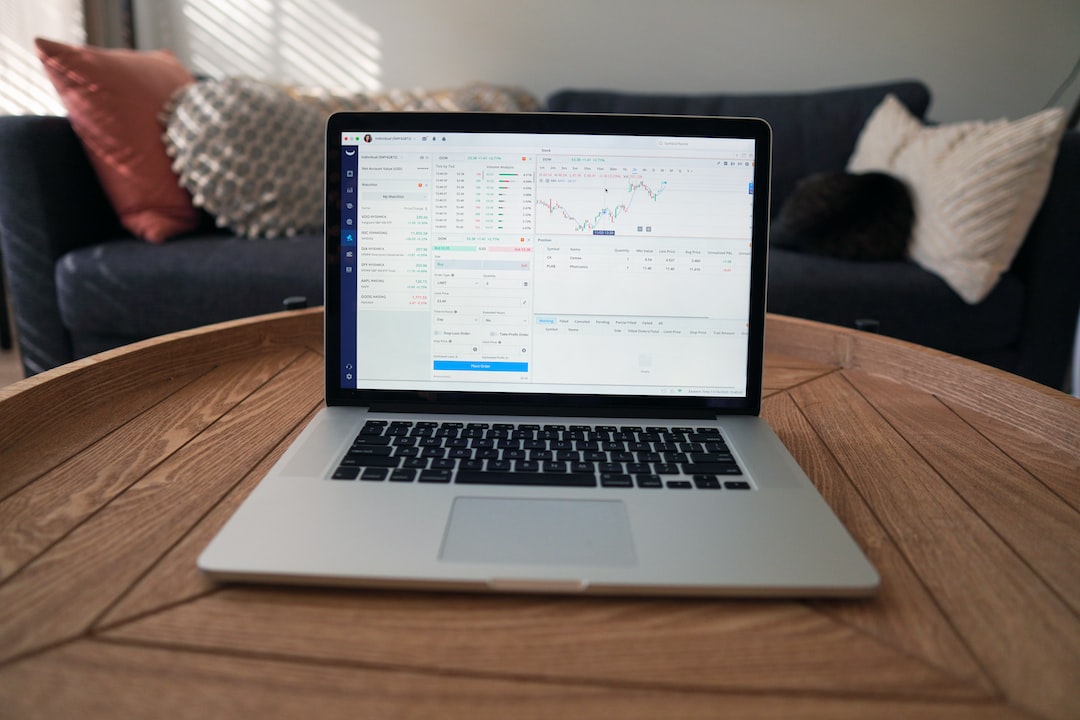Forex trading is a popular way to invest money and make profits, but it can also be risky if you don’t know what you’re doing. One of the most important decisions you’ll make as a forex trader is when to buy or sell a currency pair. In this article, we’ll explain how to determine when to buy or sell in forex.
Understand the Forex Market
Before you can make informed decisions about buying or selling currencies, you need to understand the forex market. In simple terms, the forex market is where currencies are traded. The value of a currency is influenced by a variety of factors, including economic data, political events, and market sentiment.
The forex market is open 24 hours a day, five days a week, and trades trillions of dollars each day. It’s a decentralized market, which means there’s no central exchange or clearinghouse. Instead, forex trades are conducted over the counter (OTC) through a network of banks, brokers, and other financial institutions.
Analyze Technical and Fundamental Factors
To determine when to buy or sell in forex, you need to analyze both technical and fundamental factors. Technical analysis involves studying charts and using indicators to identify patterns and trends in price movements. Fundamental analysis, on the other hand, involves examining economic data and news events to predict how they will affect currency values.
Technical analysis is useful for short-term trading, while fundamental analysis is more suited to long-term trading. However, both approaches can be used together to make more informed decisions.
Use Technical Indicators
Technical indicators are tools that can help you identify trends and patterns in price movements. Some popular technical indicators include moving averages, relative strength index (RSI), and stochastic oscillators.
Moving averages are used to smooth out price fluctuations and identify trends. The RSI measures the strength of a currency pair’s price action, while the stochastic oscillator measures momentum.
When using technical indicators, it’s important to remember that they are not foolproof. They can provide valuable insights into market trends, but they should be used in conjunction with other analysis methods.
Pay Attention to Economic Data and News Events
Fundamental analysis involves looking at economic data and news events to predict how they will affect currency values. Some important economic indicators to watch include gross domestic product (GDP), inflation, and interest rates. News events, such as elections and geopolitical events, can also have a significant impact on currency values.
When analyzing economic data and news events, it’s important to look at both the actual data and the market’s reaction to it. For example, if the GDP is higher than expected, but the market doesn’t react positively, it could be a sign that the currency pair is overbought and due for a correction.
Use Risk Management Strategies
No matter how much analysis you do, forex trading is always risky. That’s why it’s important to use risk management strategies to protect your investments. Some common risk management strategies include setting stop-loss orders, using trailing stops, and diversifying your portfolio.
Setting stop-loss orders is a simple way to limit your losses. A stop-loss order is an order to sell a currency pair at a predetermined price. If the price of the currency pair falls below the stop-loss price, the order will be executed automatically, limiting your losses.
Trailing stops are similar to stop-loss orders, but they are dynamic. As the price of the currency pair moves in your favor, the trailing stop moves up, locking in profits and limiting losses.
Diversifying your portfolio is another important risk management strategy. By investing in multiple currency pairs, you can spread your risk and reduce the impact of any single trade.
Conclusion
Determining when to buy or sell in forex requires a combination of technical and fundamental analysis, as well as risk management strategies. By understanding the forex market, using technical indicators, paying attention to economic data and news events, and using risk management strategies, you can make more informed trading decisions and reduce your risk.






